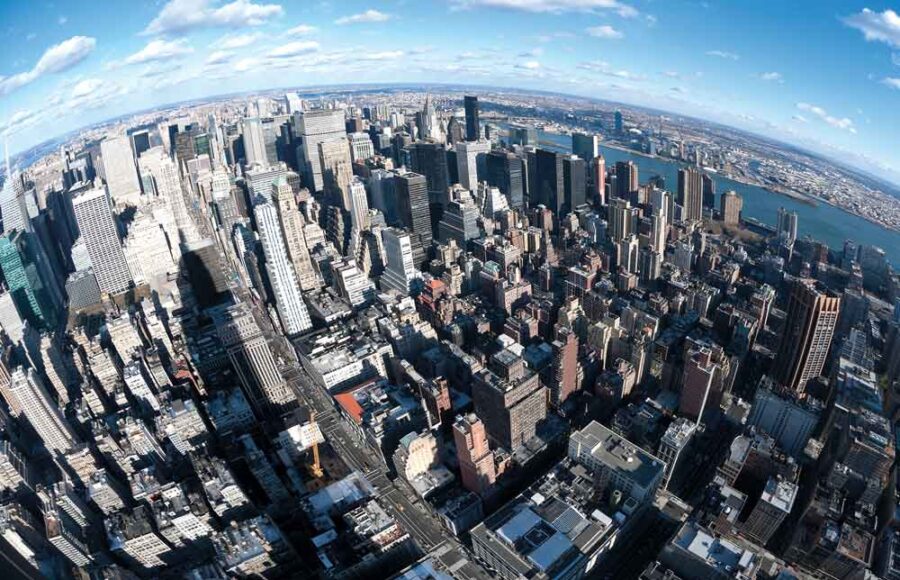Will the Anthropocene be an event, an era, or a transition?

Any alien watching our planet over the eons could see that Earth is going through a series of new and dramatic changes. This was already evident 75 years ago when Russian geochemist Vladimir Vernadsky wrote, “The rise of the central nervous system has increased the geological role of living matter.”
Recently, recognizing that humans have become a major geologic force and that the rocks left from our time will bear many unique stamps, some geologists have proposed the term “Anthropocene” as an official title for our layer in the stratigraphic column. This begs us to imagine these rocks being dug up and studied someday — but when and by whom?
What will be the significance of the Anthropocene rock layer and the ultimate legacy of the human race when, in 230 million years, our star, having completed another galactic year, returns to this quadrant? Will we simply leave a thin layer rich in refined metal and Twinkie wrappers, preceding an era bereft of coral reefs? Or will we leave more lasting changes on this world?
Will the Anthropocene be an “era” or an “event?” The end of the Cretaceous period was an event caused by a disruptive asteroid impact that left a centimeter-thick clay layer around the globe. What immediately followed was an era, the Paleocene, which lasted 10 million years and finally ended with an extreme period of global warming.
Is it audacious to think that the changes we bring might be anything more than an event on this world? After all, species come and go, why should we be any different? Notwithstanding the great longevity of certain types of animals such as sharks, this ignores the central observation of the Anthropocene — that human civilization has brought new forces to bear in the dynamics of Earth and of evolution itself.
The past is no longer the key to the present because the game has changed, but not necessarily in our favor. We need to find a way to power our growing civilization without wrecking our environment, but this is merely the first in a string of challenges brought by an expanding human population and the increasing reach of our technology on a finite planet. And yet, we can also see the beginnings of capacities that may facilitate survival in ways never before possible. We are, for example, close to being able to construct effective defenses against future asteroid strikes. And on its own, Earth’s climate will someday go through dangerous palpitations, but by then we may know enough to do something about it.
Event or era? There is actually a third possibility: A transition. The origin of life, the Great Oxygenation Event 2.4 billion years ago, and the Cambrian explosion are examples of transitions that left Earth dramatically transformed forever after. The Anthropocene could mark a transition of similar importance. If we make it past the next few centuries, it will be because we’ve honed our survival skills to make them work on a planetary scale. One galactic year from now, the legacy of our civilization will either be a strange layer in the strata, or the early stages of something lasting and wondrous.
This article originally appeared in print in the April 2013 issue of Sky & Telescope. Subscribe to Sky & Telescope.
 0
0
Comments
You must be logged in to post a comment.